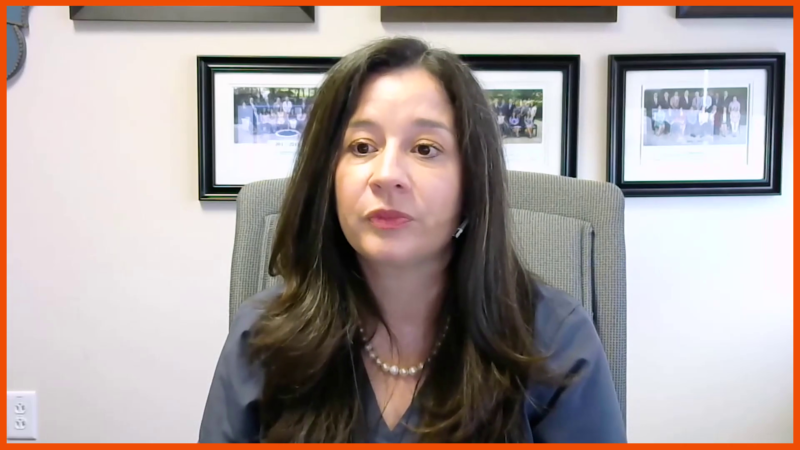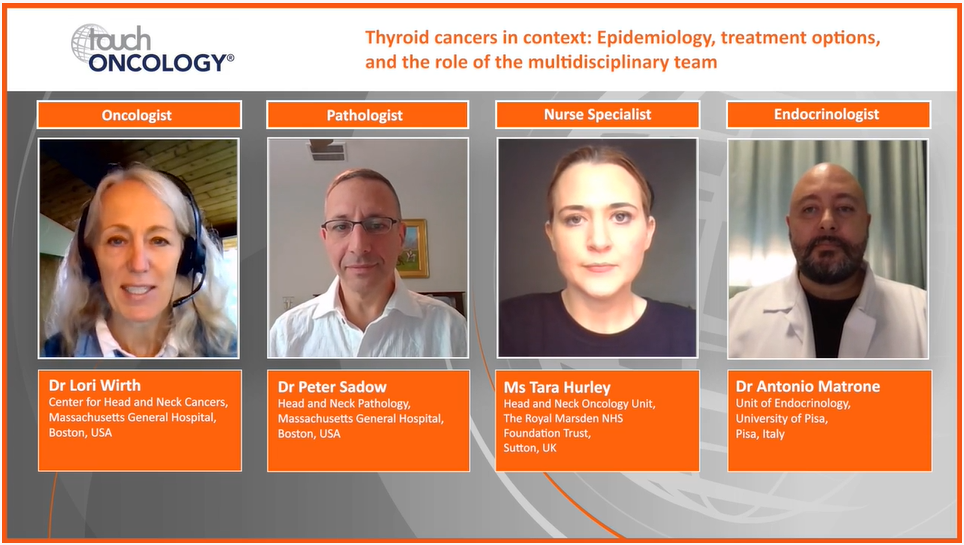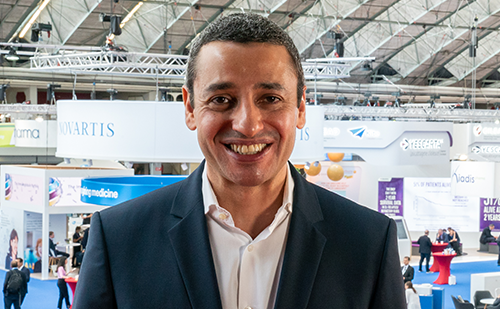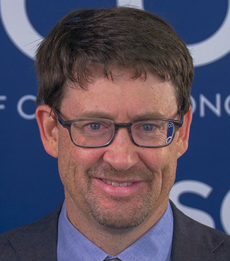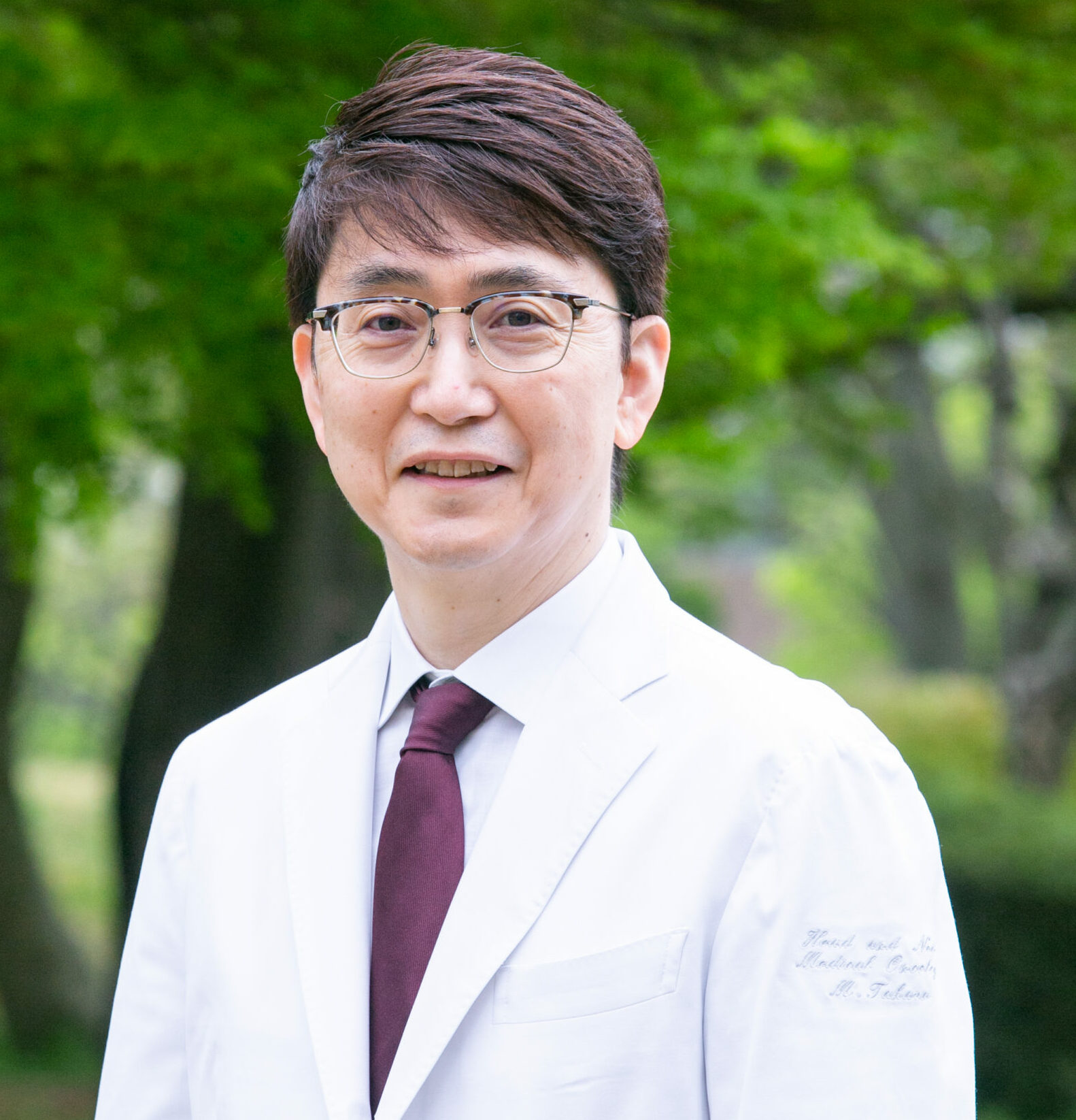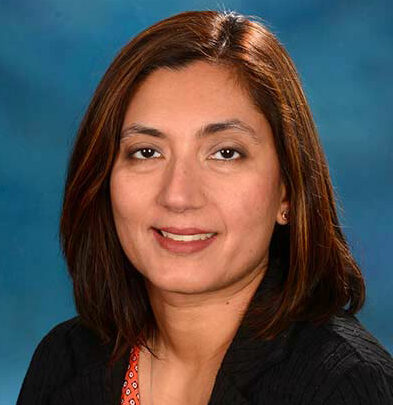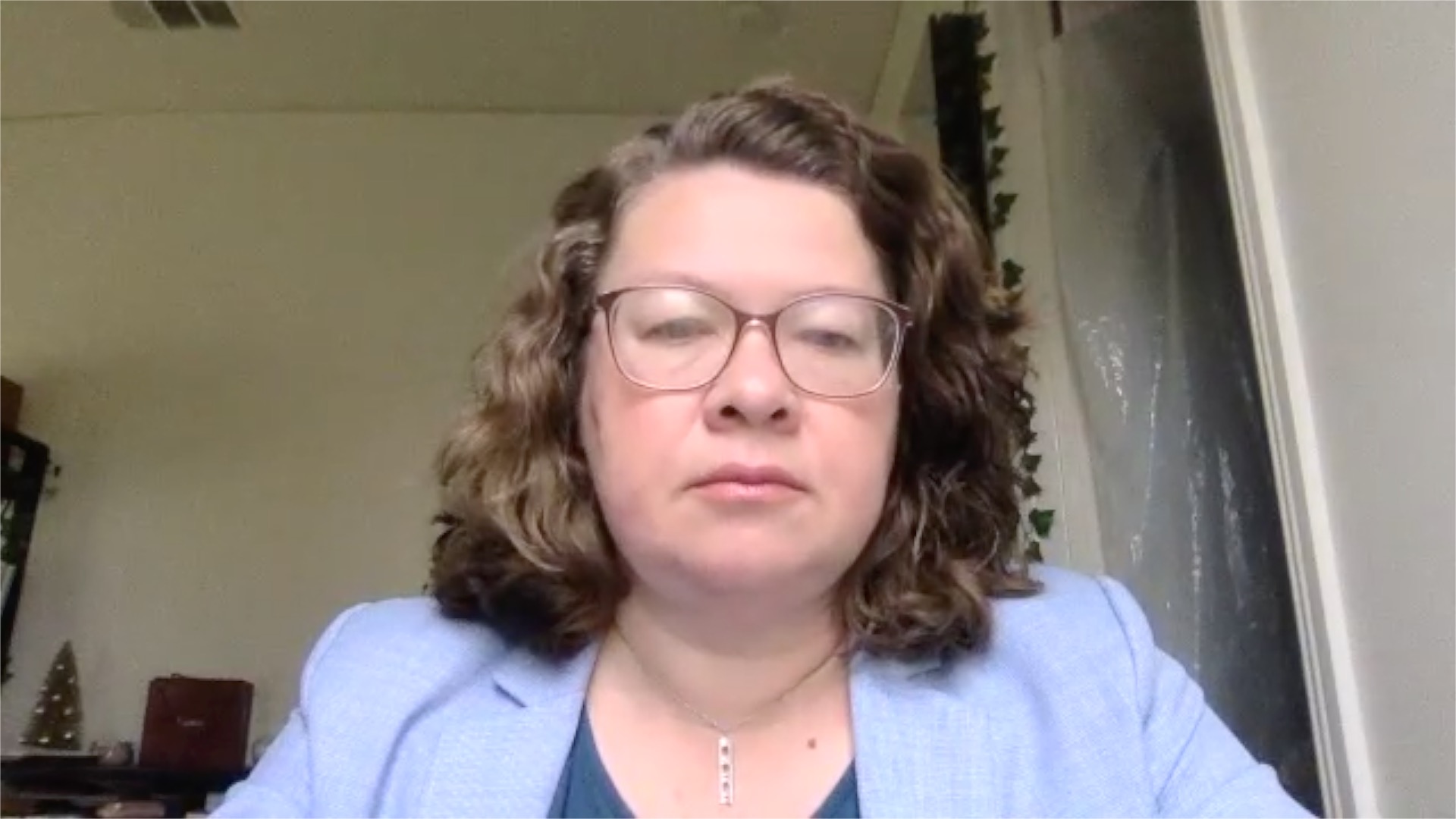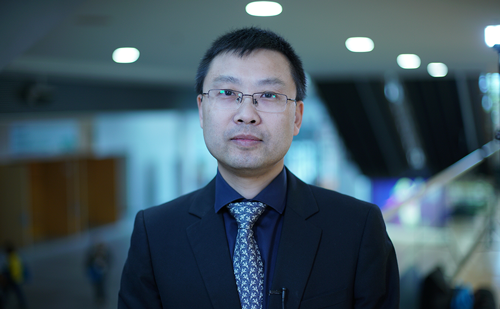Tutorial
This icon indicates there is a poll question. Click it when you see it to interact with your peers.
Tutorial
This icon indicates there is a poll question. Click it when you see it to interact with your peers.
Tutorial
This icon indicates there is a poll question. Click it when you see it to interact with your peers.
touchEXPERT OPINIONS
 Experts answer questions with in-depth advice on the current clinical landscape and how new therapies and guidance might impact regional clinical practice. Useful tips below will show how to navigate the activity.
Close
Experts answer questions with in-depth advice on the current clinical landscape and how new therapies and guidance might impact regional clinical practice. Useful tips below will show how to navigate the activity.
Close
 Experts answer questions with in-depth advice on the current clinical landscape and how new therapies and guidance might impact regional clinical practice. Useful tips below will show how to navigate the activity.
Close
Experts answer questions with in-depth advice on the current clinical landscape and how new therapies and guidance might impact regional clinical practice. Useful tips below will show how to navigate the activity.
Close
What’s on the horizon to tackle unmet needs in recurrent/metastatic SCCHN?
Learning Objectives
After watching this activity, participants should be better able to:
- Recall unmet treatment needs for patients with recurrent/metastatic SCCHN
- Discuss the rationale and latest data for immunotherapy-based treatments in development for recurrent/metastatic SCCHN
- Evaluate the rationale and latest data for investigational targeted therapies for recurrent/metastatic SCCHN
Overview
In this activity, oncologists specializing in the treatment of head and neck cancer consider the current unmet treatment needs for patients with recurrent/metastatic SCCHN and provide an update on treatment approaches under investigation, including the available clinical trial data.
This activity is jointly provided by USF Health and touchIME. read more
Target Audience
This activity has been designed to meet the educational needs of oncologists involved in the management of patients with head and neck cancer.
Disclosures
USF Health adheres to the Standards for Integrity and Independence in Accredited Continuing Education. All individuals in a position to influence content have disclosed to USF Health any financial relationship with an ineligible organization. USF Health has reviewed and mitigated all relevant financial relationships related to the content of the activity. The relevant relationships are listed below. All individuals not listed have no relevant financial relationships.
Faculty
Dr Aline Chaves discloses: Advisory board or panel fees from Knight, Merck Serono and MSD. Speaker’s Bureau fees from Eli Lilly, Knight, Merck Serono and MSD.
Prof. Makoto Tahara discloses: Advisory board or panel fees from AstraZeneca, Bayer, BMS, Boehringer Ingelheim, Eisai, Lilly, Merck Biopharma, MSD and Pfizer. Consultant fees from Astellas, Genmab and Janssen Pharmaceuticals. Grants/Research Support from Bayer and Ono Pharmaceutical.
Dr Ranee Mehra discloses: Advisory board or panel fees from Coherus, EMD Serono/Merck and Janssen (relationships terminated). Grants/Research Support from Merck.
Content Reviewer
Danielle Walker, DNP, APRN, AGNP-C has no relevant financial relationships to disclose.
Touch Medical Contributors
Hannah Fisher has no financial interests/relationships or affiliations in relation to this activity.
Amelia Campbell-Warner discloses: Employee or independent contractor relationship – Astellas and Ipsen (relationships terminated).
USF Health Office of Continuing Professional Development and touchIME staff have no financial interests/relationships or affiliations in relation to this activity.
Requirements for Successful Completion
In order to receive credit for this activity, participants must review the content and complete the post-test and evaluation form. Statements of credit are awarded upon successful completion of the post-test and evaluation form.
If you have questions regarding credit please contact cpdsupport@usf.edu.
Accreditations
Physicians
This activity has been planned and implemented in accordance with the accreditation requirements and policies of the Accreditation Council for Continuing Medical Education (ACCME) through a joint providership of USF Health and touchIME. USF Health is accredited by the ACCME to provide continuing medical education for physicians.
USF Health designates this enduring material for a maximum of 0.75 AMA PRA Category 1 CreditTM. Physicians should claim only the credit commensurate with the extent of their participation in the activity.
The European Union of Medical Specialists (UEMS) – European Accreditation Council for Continuing Medical Education (EACCME) has an agreement of mutual recognition of continuing medical education (CME) credit with the American Medical Association (AMA). European physicians interested in converting AMA PRA Category 1 CreditTM into European CME credit (ECMEC) should contact the UEMS (www.uems.eu).
Advanced Practice Providers
Physician Assistants may claim a maximum of 0.75 Category 1 credits for completing this activity. NCCPA accepts AMA PRA Category 1 CreditTM from organizations accredited by ACCME or a recognized state medical society.
The AANPCP accepts certificates of participation for educational activities approved for AMA PRA Category 1 CreditTM by ACCME-accredited providers. APRNs who participate will receive a certificate of completion commensurate with the extent of their participation.
Date of original release: 29 February 2024. Date credits expire: 01 March 2025.
If you have any questions regarding credit please contact cpdsupport@usf.edu.
To obtain the CE/CME credit(s) from this activity, please complete this post-activity test.
Claim CreditYou may also be interested in...

REGISTER NOW FOR FREE ACCESS TO
- 1000+ topical and insightful peer-reviewed journal articles
- 100+ hours of bite-sized congress highlights
- 10 major therapy areas packed with the latest scientific advances
- 150+ specialties offering learn-on-the-go medical education
- + Concise email updates and newsletters so you never miss out








